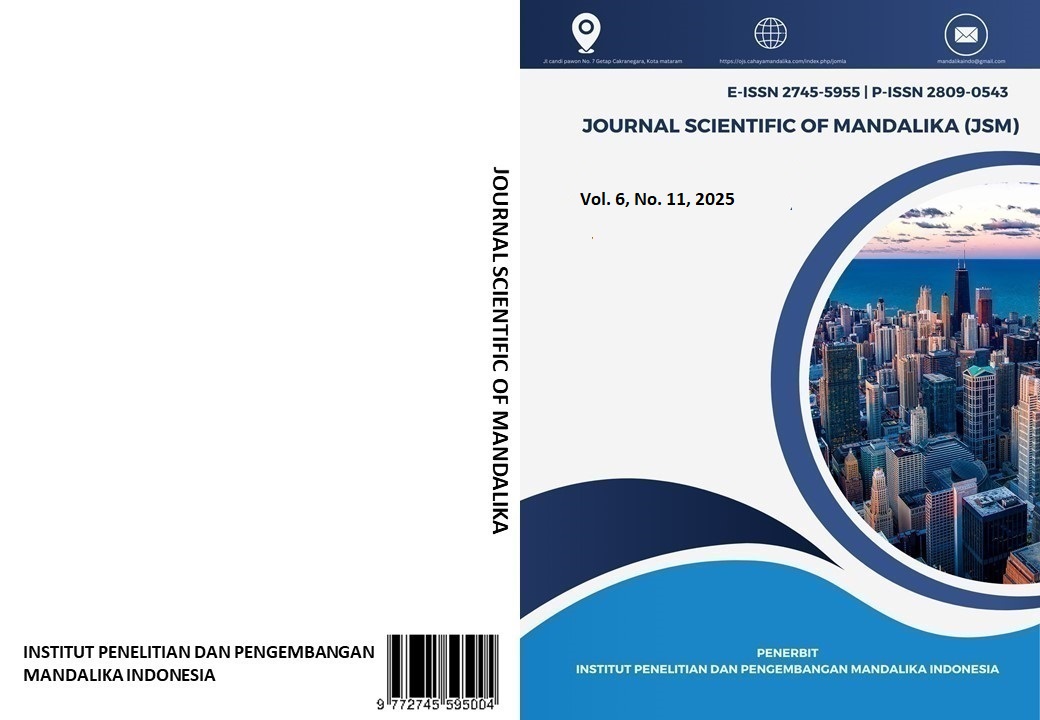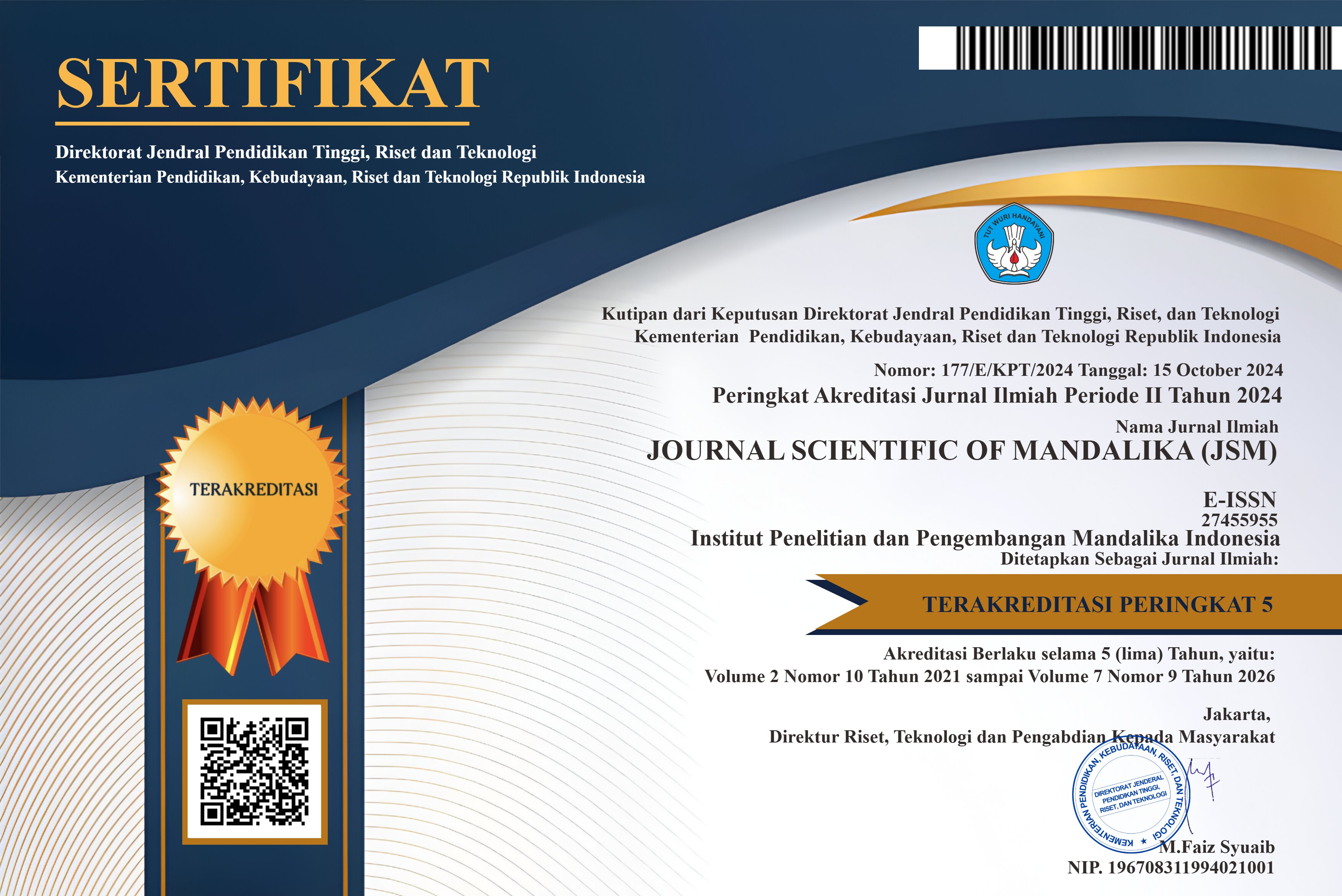Perancangan Alat Deteksi Alergi Berbasis Sensor Dengan Kecerdasan Buatan
Abstract
This research aims to develop a non-invasive allergy detection tool using artificial intelligence technology, specifically the Convolutional Neural Network (CNN) method. This tool is designed to detect allergic reactions caused by food through sensors applied to human skin. The research methodology includes literature study, data collection, design creation, system design, tool creation, and testing stages. This tool uses a camera to detect allergic reactions on the skin, which are then analyzed using an image processing algorithm with the CNN method integrated in a minicomputer. Data processing on skin reaction samples to allergic substances is divided into four classes, including atopic, angioedema, normal skin, and urticaria. The CNN algorithm used consists of several layers, including convolutional layers, pooling, and fully connected layers. The data collection process is carried out with 2 data, namely primary data and secondary data. Primary data collection is done by taking images of normal and allergic patient skin. Secondary data is obtained from Kaggle. The results of the study show that this tool prototype is able to detect changes in the skin surface due to allergic reactions, such as redness or swelling, quickly and accurately. Testing of this device yielded an accuracy rate of 92%, indicating its high accuracy in detecting allergic reactions
References
2. Karjadidjaja, “Alergi Makanan,” Ebers Papyrus, vol. 13, no. 4, pp. 185–191, Jan. 2007.
3. Aulady, A. Gunawan, and M. Ryansyah, “PENERAPAN ALGORITMA CERTAINTY FACTOR UNTUK SISTEM PAKAR DIAGNOSIS URTIKARIA PADA WANITA DEWASA,” Swabumi, vol. 7, no. 1, pp. 90–98, Mar. 2019.
4. Alini, “FAKTOR-FAKTOR YANG BERHUBUNGAN DENGAN KEJADIAN DERMATITIS ATOPIK DI PUSKESMAS BANGKINANG KOTA,” PREPOTIF : JURNAL KESEHATAN MASYARAKAT, vol. 2, no. 2, pp. 33–42, Jan. 2018, doi: 10.31004/prepotif.v2i2.78.
5. G. A. O. S. , S. Sudiasa, and R. Y. Prapyatiningsih, “DIAGNOSIS DAN PENATALAKSANAAN ANGIOEDEMA DI BIDANG THT-KL,” JURNAL KEDOKTERAN, vol. 4, no. 2, pp. 30–49, May 2019, doi: 10.36679/kedokteran.v4i2.103.
6. H. Heriyanto, S. P. Nugroho, and B. Yuwono, “Implementasi Deteksi Warna pada Public Monitoring System dengan Rassberry Pi,” Seminar Nasional Teknologi Komputer & Sains (SAINTEKS), vol. 1, no. 1, pp. 22–26, Feb. 2020.
7. M. M. Taye, “Theoretical Understanding of Convolutional Neural Network: Concepts, Architectures, Applications, Future Directions,” Computation, vol. 11, no. 3, p. 52, Mar. 2023, doi: 10.3390/computation11030052.
8. O. A. M. López, A. M. López, and J. Crossa, “Convolutional Neural Networks,” Springer International Publishing, Jan. 01, 2022. https://link.springer.com/chapter/10.1007/978-3-030-89010-0_13
9. Sugiyono, Metode penelitian pendidikan: (pendekatan kuantitatif, kualitatif dan R & D). 2008.
10. Vipriyandhito, A. Pandu Kusuma, and D. Fanny Hebrasianto Permadi, “RANCANG BANGUN ALAT MONITORING KUALITAS AIR PADA KOLAM IKAN KOI BERBASIS ARDUINO,” JATI (Jurnal Mahasiswa Teknik Informatika), vol. 6, no. 2, pp. 875–879, Nov. 2022, doi: 10.36040/jati.v6i2.5768.
11. Q. N. Azizah, “Klasifikasi Penyakit Daun Jagung Menggunakan Metode Convolutional Neural Network AlexNet,” Ilmu Bersama Center, Feb. 17, 2023. https://www.researchgate.net/publication/369122635_Klasifikasi_Penyakit_Daun_Jagung_Menggunakan_Metode_Convolutional_Neural_Network_AlexNet
12. B. Handoko, I. K. Timotius, and D. Utomo, “Klasifikasi Citra X-Ray Covid-19 Menggunakan Three-layered CNN Model,” Techné : Jurnal Ilmiah Elektroteknika, vol. 21, no. 2, pp. 155–168, Sep. 2022, doi: 10.31358/techne.v21i2.316.
13. D. A. Iskandar and A. Salam, “Evaluasi Performa Oversampling dan Augmentasi pada Klasifikasi Penyakit Kulit Menerapkan Convolutional Neural Network,” JURNAL MEDIA INFORMATIKA BUDIDARMA, vol. 8, no. 1, pp. 240–250, Jan. 2024.
Copyright (c) 2025 Giulia Salzano Badia, Intan Safira, Liala Syarifah Wahdani, Discha Zahra Amanina, Aris Febriyanto, Aripin

This work is licensed under a Creative Commons Attribution-ShareAlike 4.0 International License.













